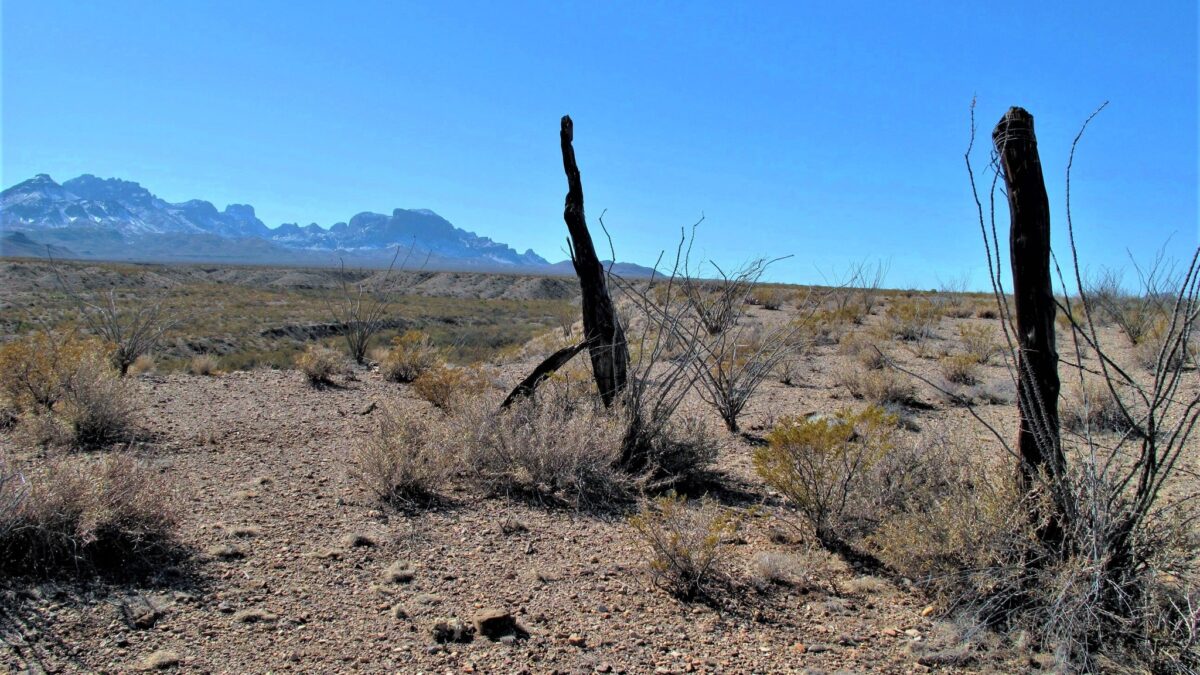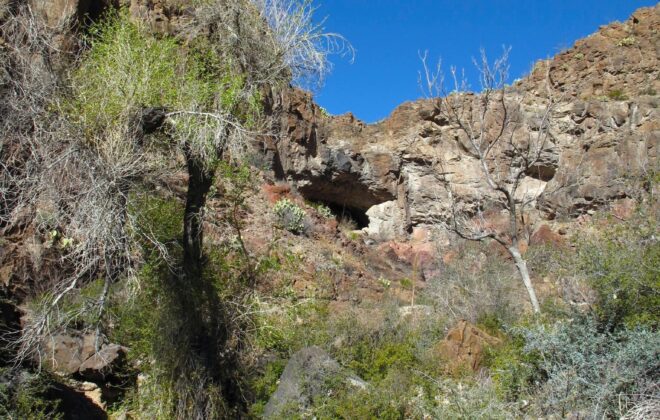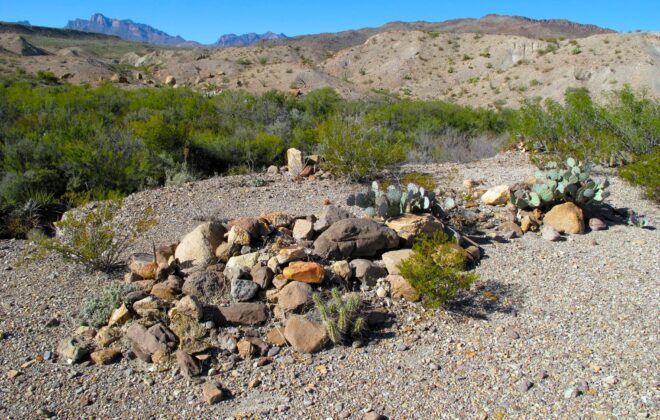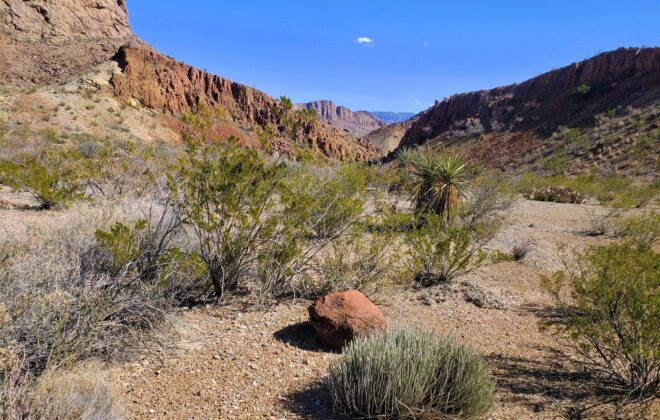A Trail of Those Who Came Before
SOMEWHERE IN THE LOWER BIG BEND:
Every trail has a story, and in a land as grand as this there are plenty of stories and attending trails to tell them. Some of these paths are still well kept by the National Park Service, and some that were once mere wagon tracks are now driven by folks in fancy four wheel drives, in comfort unimaginable only a few generations ago.
But for each road and trail still in existence, there are a hundred more that have snaked through this country, each with a special purpose and design. Some were for ranch work, some for farms and some even for smuggling different sorts of contraband, through the passing centuries.
More than a few were formed thousands of years ago by the Ancients, coinciding with game trails to form the best routes through a region brimming with craggy mountain ranges, badly eroded flats, near impassable canyons and dry, desolate desert.
These days one often can only find the last remnants of many of these, as that same desert patiently, quietly reclaims its own.
Such is the case here; where a game track became an ancient trail, which in turn became a military supply route followed by use as a ranch road. Upon becoming a national park, early employees utilized it to scout the country or for facilitating research projects.
Situated on high ground above one of the numerous feeders for Avery Canyon, it was likely originally the connection between Neville and Quail spring. To this day, a trail forks off below to the latter, proof positive of the need for the desert’s liquid gold in any culture or era.
The remaining crumbs of the road itself turn north, working out of the canyon, across miles and miles of flats and on through Persimmon Gap. Ultimately it went to Camp Peña Colorado, outside of present day Marathon. The Army used the route to keep Camp Neville garrisoned and supplied.
Camp Neville, located between the Grapevine Hills and Government Spring, was not in existence long but it was important. A small contingent of Buffalo Soldiers were stationed there, who in turn provided logistical support for a group of Black Seminole scouts in near constant pursuit of the remaining Mescalero.
Later, after the army moved out and the first pioneer ranchers moved in, fencing was introduced to some of the more amenable parts of the lower Big Bend. It was strung through here, and a wire gap was constructed to allow passage through.
It was wintertime when I last visited this place, snow was on the Chisos and tufts of such could be found in sheltered spots along the lower elevations. The breeze was brisk, and could bring a shiver when in the shade.
I took a few minutes to study the gap, my mind wandering. Now with little wire or wood and no purpose, it still stands resolutely against a crystal blue sky. The Ancients are gone now, as well as the Mescalero, the Buffalo Soldier, the Black Seminole and those early pioneers who struggled to tame a wild, unforgiving land.
And like this gap under the winter sun, we who roam here now live daily in their shadows.
God bless to all,
Ben H. English
Alpine, Texas
USMC: 1976-1983
THP: 1986-2008
HS Teacher: 2008-2010
Author 2017-Present
Facebook: Ben H. English
Webpage: benhenglish.com
‘Graying but still game’



